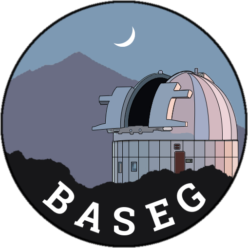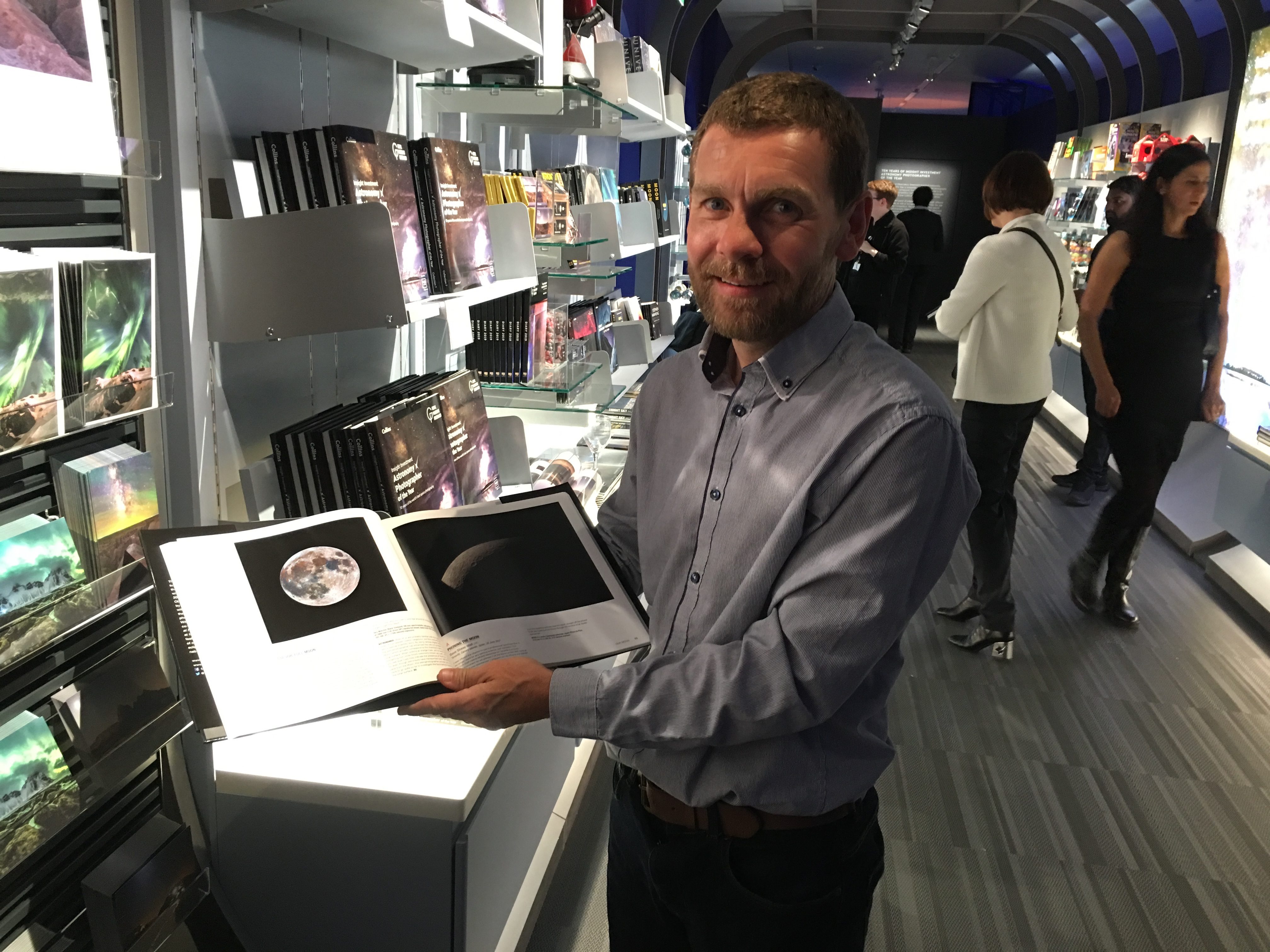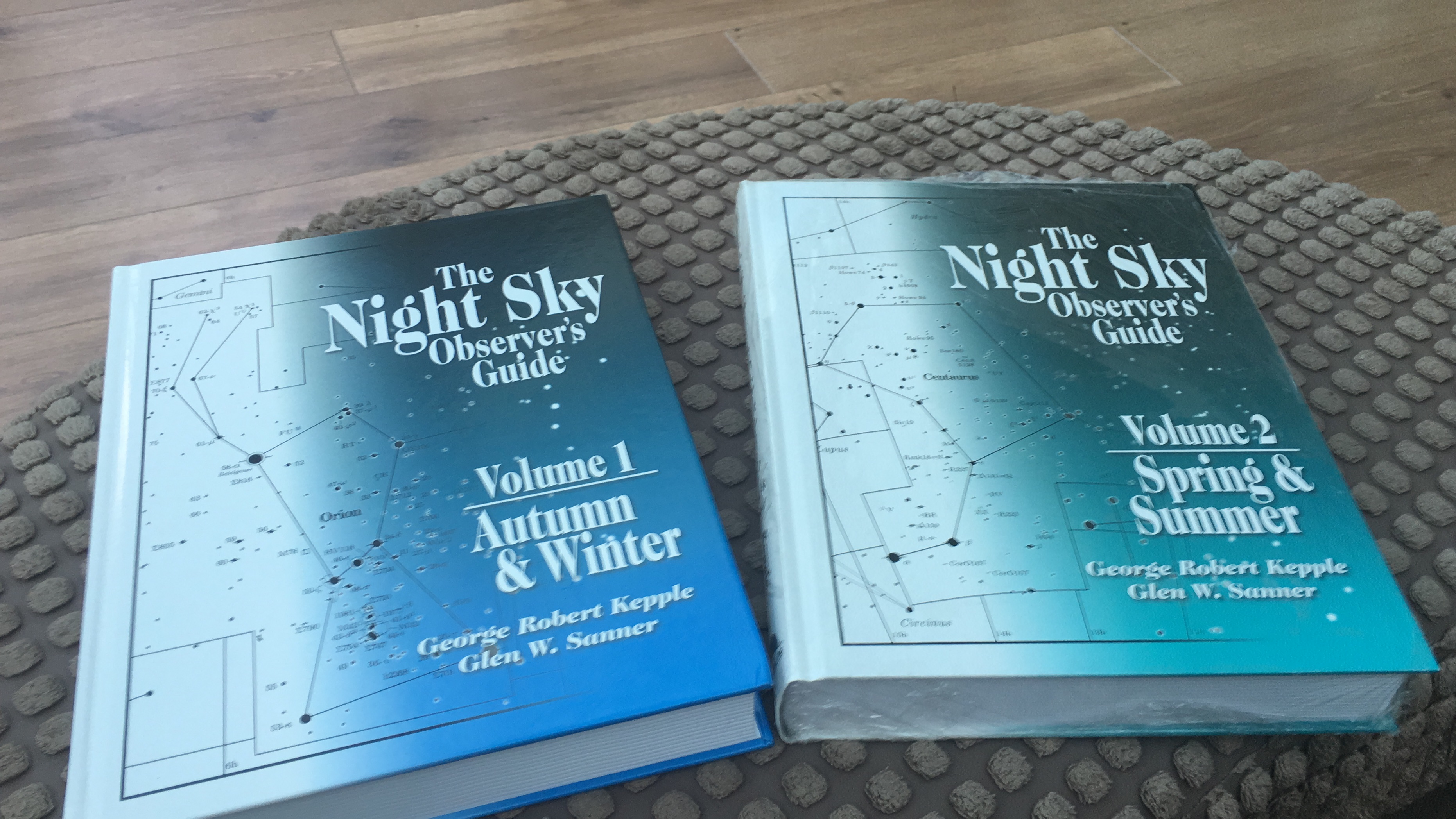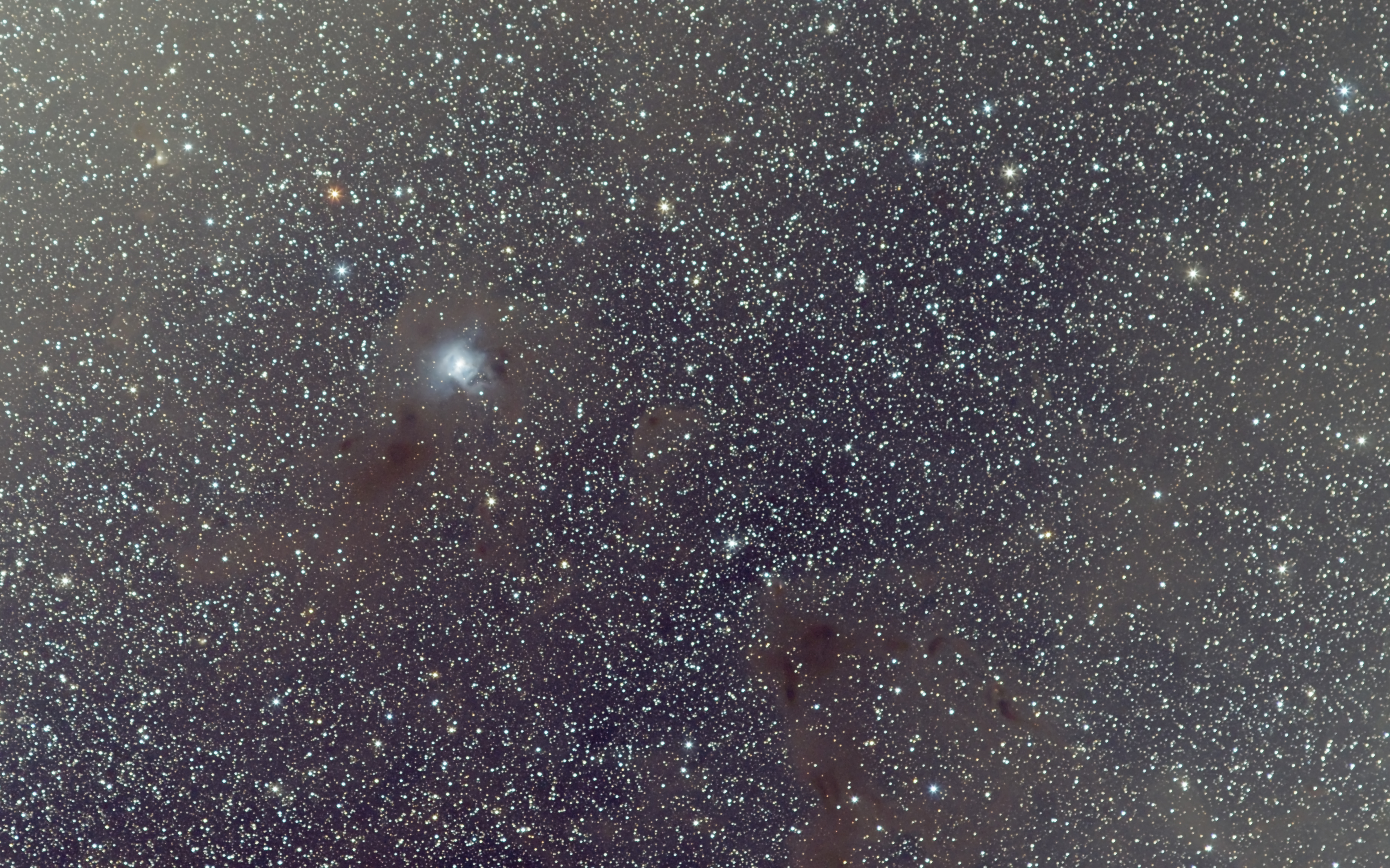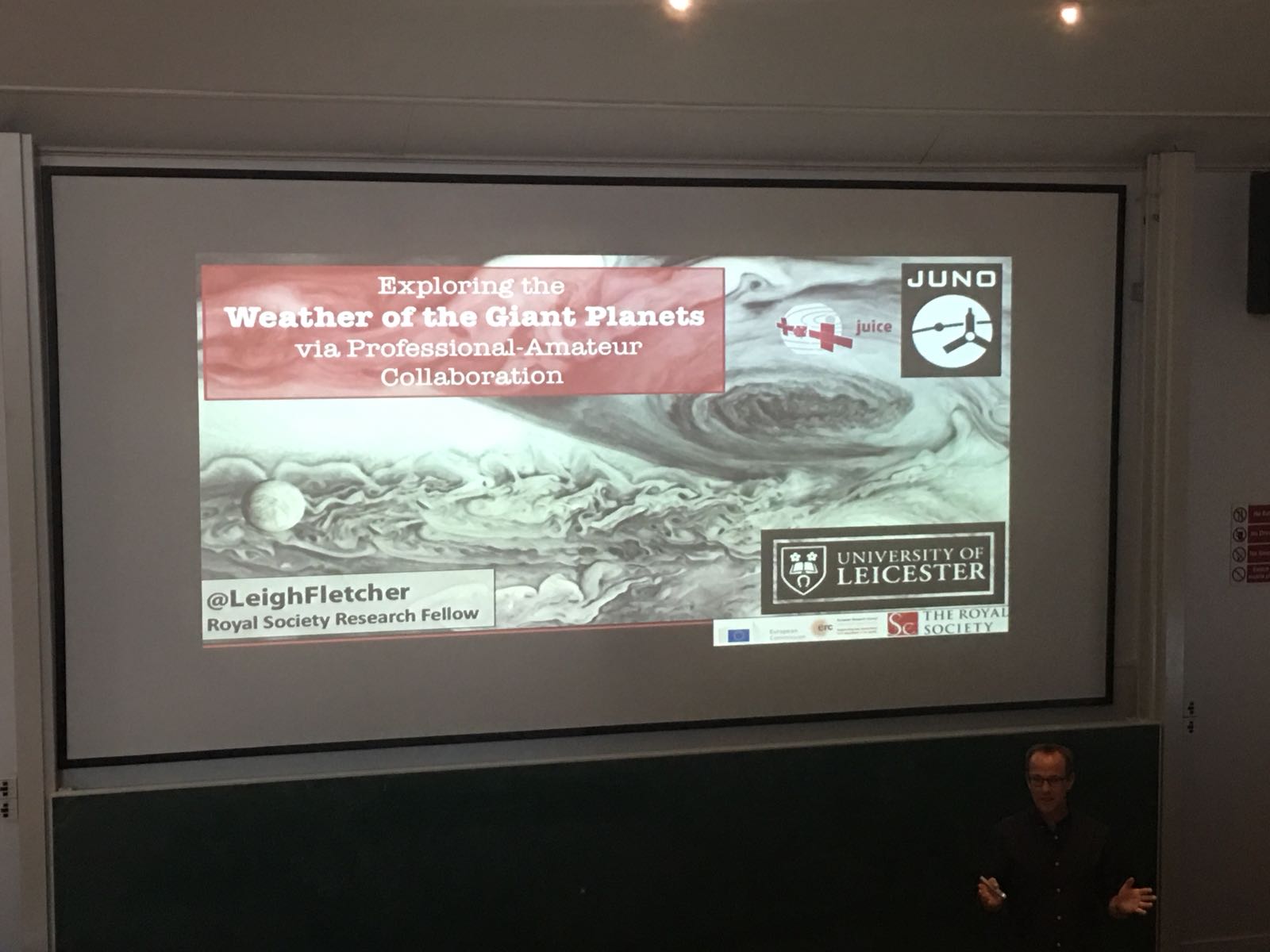Viewing time period – 21:30 – 23:54
Tonight was my first night for first light through my new Altair 100mm Giant Binoculars before my trip to La Palma in early November. The Moon was waxing at 93.7% being 17 days old and at the time of observing around +40 degrees in altitude.

Moon – Given the Moon was up I thought I would test the binos on her first. The FoV with the Altair 18mm eyepieces in gives about 1.7 degrees, this meant the Moon fitted lovely in field. Given the brightness and the fact I went of for the more reasonably prices binos, there was a hint of red and blue fringing on the lunar limb. This was not surprising and did not bother me since my interest was rather more focused on the lunar surface. To say the least, the detail was phenomenal given a pair of binoculars, okay they are giant, but still very supprising. I could make out numerous craters around the edge of Mare Tranquillitatis, the Eastern edge of Mare Fecunditatis and the Western edge of Mare Serenitstis. Various smaller craters, Riles and mountain ranges could be seen very sharply.
M31 – The Andromeda Galaxy is stunning in the binos, taking on an almost 3D appearance. The associated M32 and M110 galaxies could also seen in the same FoV. Whilst I could not make our any structure due to the Moon’s light pollution I was happy with the view none the less.
M45 – The Pleiades were pin sharp with the brighter members piercing the cluster and seemingly sitting in front of the other dimmer members. Sweeping around the cluster you realised how big it is, although it almost entirely fits in the FoV.
M34 – This Open Cluster in Perseus is small and indistinct, a few stars seemed brighter than others else fairly unremarkable for a Messier object. I hope to view again once the Moon is out of the way.
M103 – This is a small Open Cluster in Cassiopeia. Almost too small for the 4″ binos, I managed to find star hopping from the bright star Ruchbah in the main constellation ‘W’ drawing.
M52 – Again a very small and dim cluster near the famous Bubble nebula. A single bright star could be seen to the North Western edge. Star hopping from another bright star in the ‘W’ drawing Caph, I found the cluster fairly easily.
NGC 7510 – Almost by accident my eye picked out a small cluster across the boarder, although I had no idea at the time, in Cepheus. This tiny cluster of stars has a distinctive arrow or triangular shape to it and I found it by nudging the binos slightly West of M52.
Uranus – Not to be outdone with the banter on the WhatsApp channel I went star hoping for this outer planet. When I found it, it was not instantly obvious so I needed to refer to a star chart to make sure. I could just make out a greenish hue to the planet itself although I wonder if I thought I saw this rather than actually seeing it.
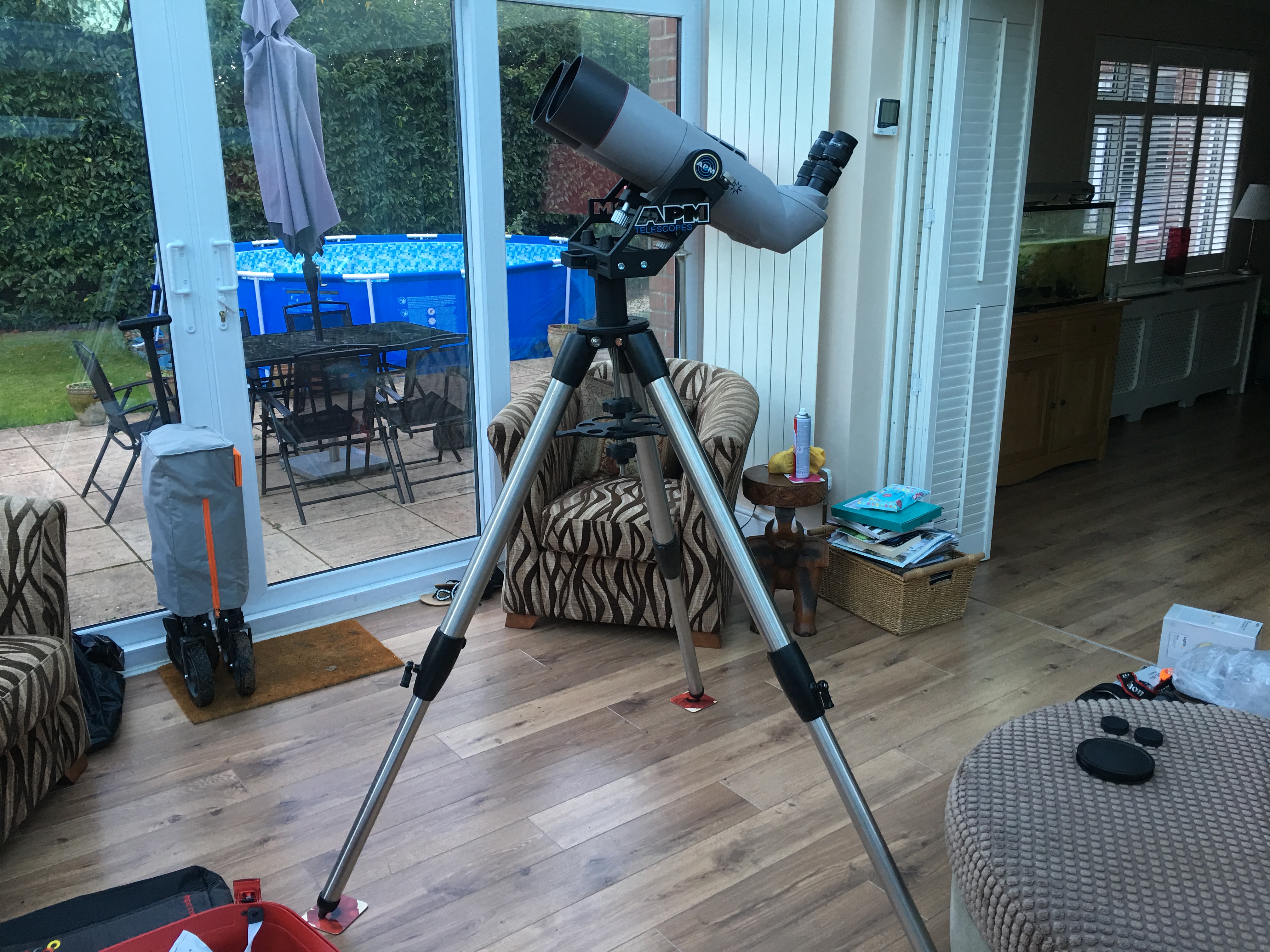
M74 – Whilst I could NOT see the Spiral Galaxy M74 as the only failed target for the night, I could make out the star TYC 1205-0785-1 at Mag +10.8 thus enabling me to realise I was in the right area.
